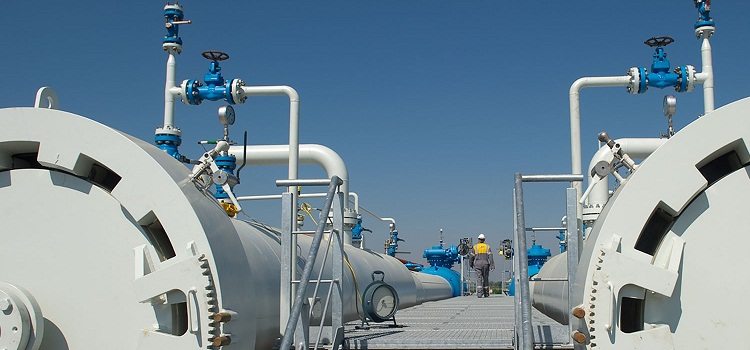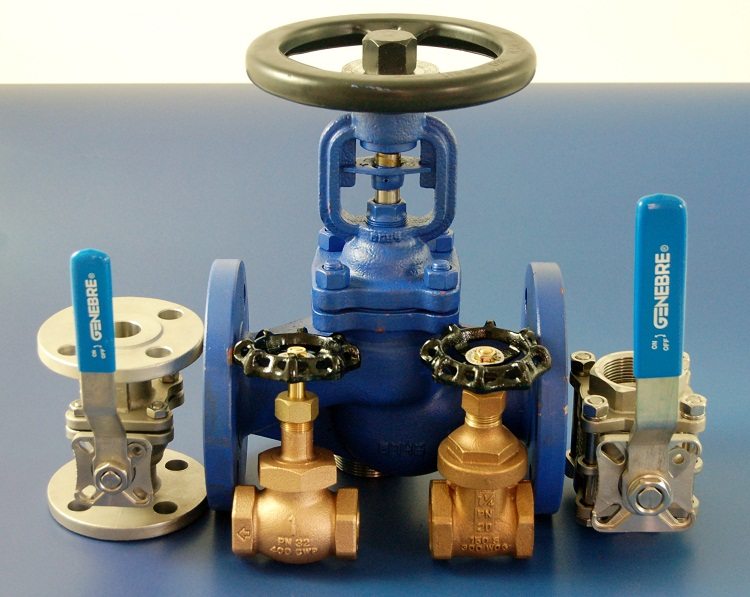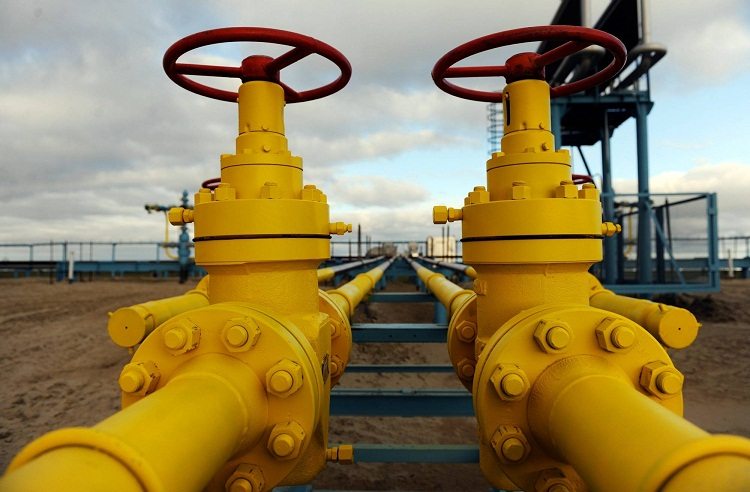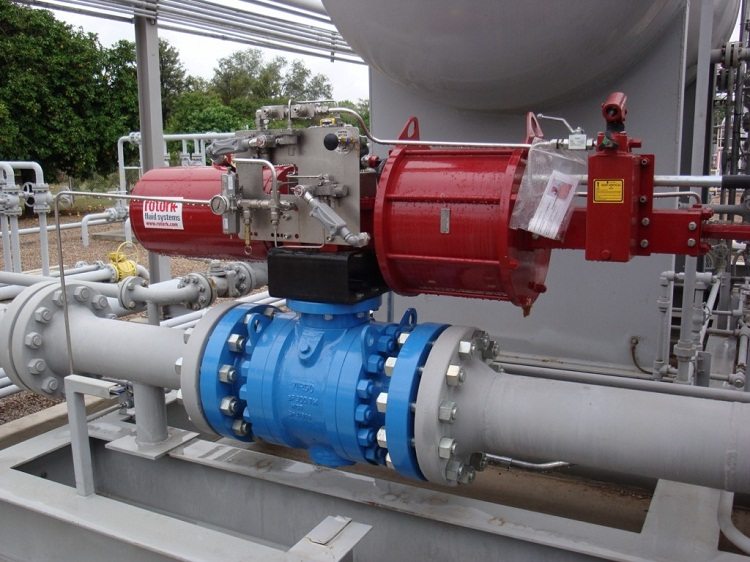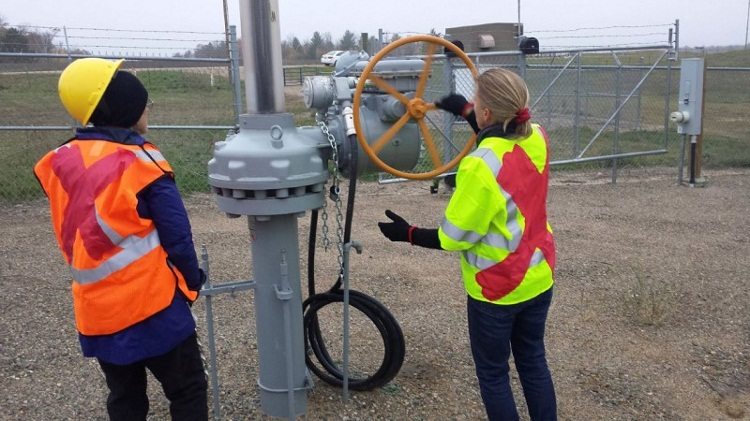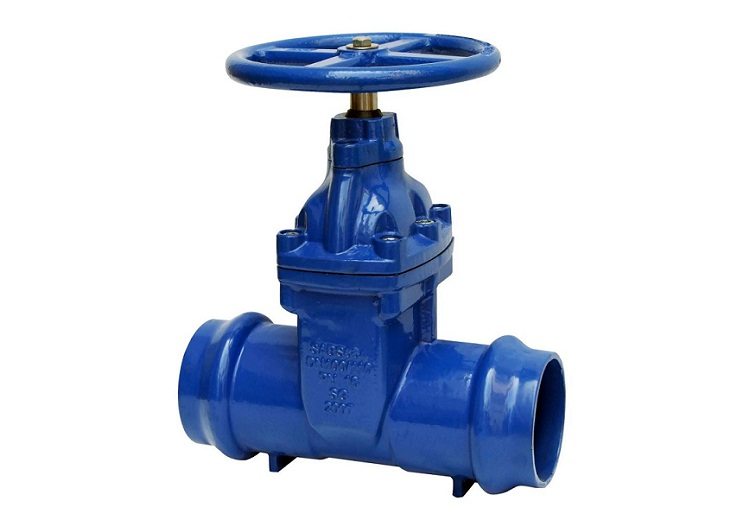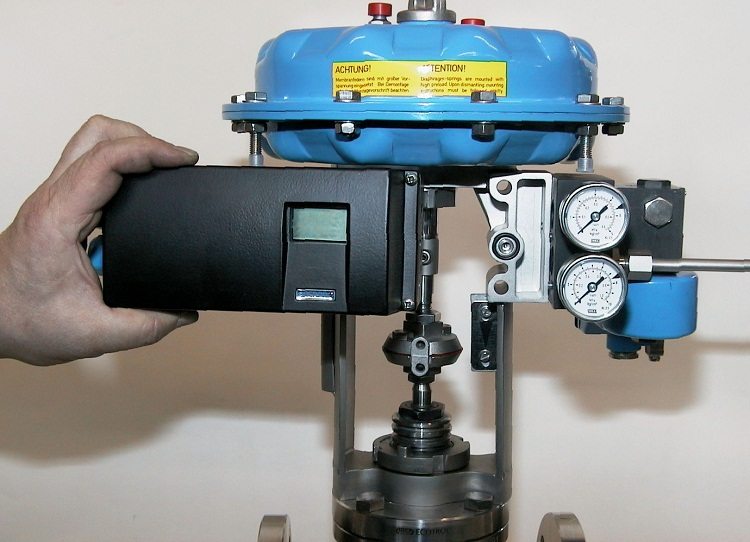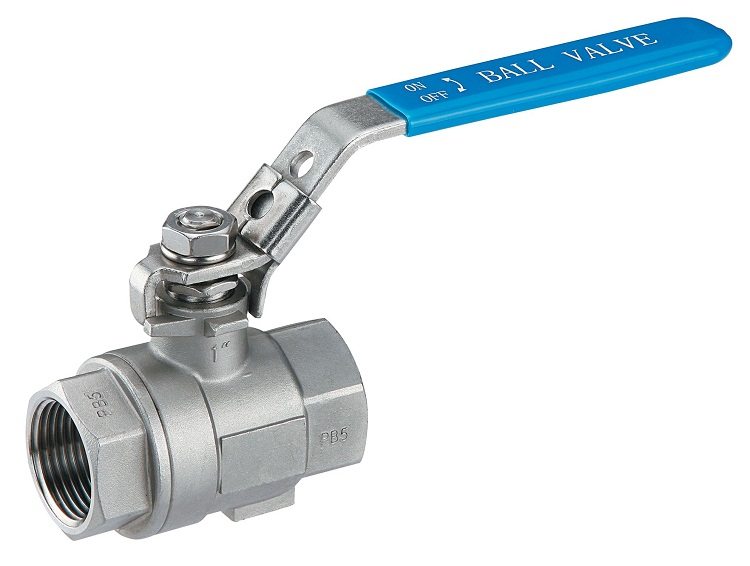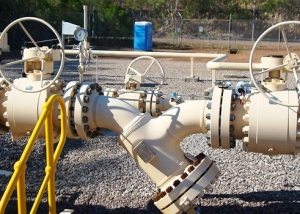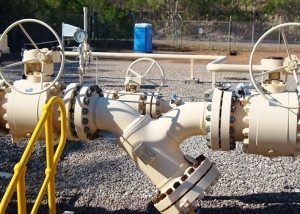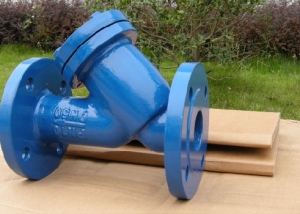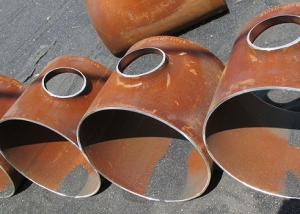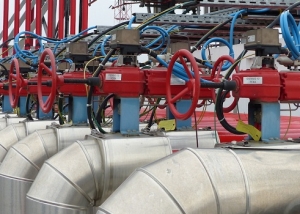Pipe fittings are used in the arrangement of systems transporting various substances and, depending on their purpose, are divided into safety, shut-off, regulating, branch, etc. It is also indispensable if network repair is required. Shutoff valves are designed to change the intensity of the flow of the medium (steam, liquids, petroleum products, gas, etc.) or its overlap. These products include valves, taps, valves, locks and gate valves.
Content
The main types of pipe fittings
Pipe fittings are generally divided into the following types:
- locking;
- safety;
- regulatory;
- locking regulatory;
- reverse;
- irrevocably locking;
- distribution and mixing;
- irrevocably controlled;
- drain (drainage);
- phase separation;
- branch;
- protective (disconnecting);
- reduction (throttle);
- control.
Shutoff valves are used to shut off the working fluid flows with established tightness, if the network is being repaired. The main purpose of the safety elements is to automatically protect the channels and equipment from unacceptable overpressure by dumping the excess amount of media that governs the adjustment of environmental parameters by changing the flow rate.
Note! Pipe shut-off and control valves combine the functions of the respective types of products.
Automatic return flow prevention is provided by return elements. Subtypes of such fittings for pipelines are non-return-locking and non-return-controlled products. In the first of them, forced closure can be carried out, and in the second - forced limitation of the course, closing and opening.
Drainage (drainage) elements are pipeline shutoff valves, which are designed to discharge from tanks or systems of the working environment. If the latter is in different phase states, then the demarcation is performed using phase separation products. Reducing pipeline valves reduce the working pressure in the system by increasing the flow resistance in the flow part.
Features of industrial pipe fittings
Since pipeline valves as a finished product must comply with all regulatory documents and safety requirements, its production is most often established by large enterprises. The industrial field of application of elements requires an automatic mode of operation, the possibility of remote control and a high degree of reliability. Such shutoff valves can be divided into 5 types:
- general technical purpose;
- for use in special conditions;
- special industrial;
- transport and ship;
- plumbing industry.
The first type of product is most often mass-produced and is suitable for use in any industry. Industrial valves of the second type are used in energy systems having high technological characteristics, as well as when installing or repairing transportation channels for highly toxic and aggressive environments.
Ship and transport elements are subject to high demands. Their production takes into account the mass, dimensions of the product and other parameters, as well as the possibility of their application in various climatic zones. Special industrial fittings are developed and manufactured by orders of individual departments and enterprises.
Production of elements
For the production of stop valves, ductile iron is used if the pressure of the medium in the channel is not more than 1600 kPa or steel if the pressure exceeds the specified value.
Note! Its manufacture is carried out on high-quality and high-precision equipment, located on an area of at least 300 m2. It is not always found in free sale.
The production of elements for pipelines requires the availability of such units and tools:
- ovens;
- special press;
- diagnostic machine;
- assembly tables;
- drilling and turning machine;
- conveyor belt;
- air compressor for painting;
- various other small tools.
Repair and maintenance of small diameter channels is possible thanks to shut-off equipment, the production of which is based on the use of high-quality alloys of copper and bronze. They prevent the destruction of elements from corrosion processes and the "sticking" of the mechanism to the surface of the housing.
Types of locking mechanisms
Shut-off pipe fittings are represented by valves, valves (gates), taps, locks. A valve is a mechanism in which the movement of the control and locking element occurs perpendicular to the axis of movement of the working medium, for a valve or valve, parallel to the axis of the flow.
The production of valves is based on the release of locking products, the passage diameter of which is up to 30 cm. Often they are used in dead ends when the canal is being repaired. For cranes, the locking or regulation element, often having the form of a part or a full body of revolution, rotates around its axis, which is arbitrary relative to the direction of movement of the medium.
Gate valves are characterized by short length and low hydraulic resistance. They are wedge with a composite, elastic or solid wedge and parallel: single-disk (slide) and double-disk. The latter type of valves is used in pipelines with low pressure.
The shutters are characterized by a disk-shaped form of a locking or regulating element, which rotates around an axis located perpendicular or at an angle to the flow of the working medium.
Gate valve as a locking element
Gate valves are mainly used as shutoff valves and, as a rule, are not intended for adjusting the flow rate of the medium. During operation, the locking element is set to the extreme positions (closed, open). The production of gate valves is usually based on the manufacture of full bore designs when there is no narrowing of the diameters of the holes in the connecting pipes.
Note! Such mechanisms are especially valuable for use in trunk pipelines, which are characterized by constant high-speed movement of the medium.
Their device provides for the presence of a retractable or non-retractable spindle. Of the disadvantages of the valves are:
- long closing and opening procedure;
- rather large construction height (elements with a sliding spindle);
- rapid wear of the sealing surfaces of the shutter and housing.
The industrial use of gate valves is very limited. Their main characteristics are: temperature threshold - up to 450 ºС, withstand pressure - up to 25 thousand kPa, possible diameter of the passage - from 5 to 120 cm. Oil, steam, oil, acid, alkali, water, etc. can act as a working medium. .
Overview of Valve Types
The gate valve differs from the usual design of the locking element. It uses a wedge of metal, which is able to cut inclusions in a medium flowing inside the body of the mechanism. This type of reinforcement is used for pipelines with fecal wastewater, pulp and paper, etc.
A wedge gate valve is installed on the channel networks to shut off the medium flow, if they are being repaired. Its design includes a cast-iron housing, a rotating spindle, which is connected to the wedge. Stamp-welded wedge gate valves are used on pipelines transporting gaseous and liquid media that are neutral to the material used to manufacture the main parts of the mechanism. Their body and cover are obtained by welding individual elements made of sheet corrosion-resistant or carbon steel.
You can control the valves as electric actuators (hydraulic, electric, sometimes pneumatic), and manually. In the latter case, with a large diameter of the element, the installation of a special gearbox is required to reduce the efforts made to open / close it.
It is also possible to repair cast iron and steel valves. The first type withstands temperatures up to 225 ºС. On a vertical pipeline, a cast-iron valve is set flat so that the spindle is turned horizontally, and on a horizontal one - with the handwheel up, the spindle is located vertically.
Application conditions and valve types
Valves are devices that are installed on a pipeline or vessel and are designed to close or open when certain conditions occur, for example, changing the direction of the medium flow in the channel, increasing pressure. They are single-seat and two-seat, the latter are often used as regulatory and distribution.
In the direction of flow through the valve, such valves are divided into angular (the flow at the outlet is perpendicular to the flow at the inlet), straight through (flow direction at the outlet and inlet is the same) and straight-through (straight through, in which the flow line is straightened). To completely shut off the medium flow in the channel, as well as to start it, based on the requirements of the technological process that is served by such a pipeline, a shut-off valve is used. It provides good tightness both in relation to external conditions, and in a lock.
Note! The non-return valve is installed on the pipeline in order to prevent the movement of gas or liquid in the opposite direction in the event of a break or leak from the channel, or the pump is turned off.
There are also distinguished control (providing control of the flow rate of the medium by changing the size of the cross section) and shut-off and control valves that combine 2 functions. The advantages of such mechanisms include the possibility of application in a vacuum, aggressive and corrosive environment, at high pressures and temperature conditions, simple repair and maintenance.
Device and classification of cranes
The crane can be a shut-off, control or distribution mechanism and is designed to work with liquid (including viscous) and gaseous media. For the repair of pipe fittings of this type, knowledge of its design and special skills are necessary. The main parts of the crane are a shutter (plug) in the form of a ball, cone or cylinder with a through hole and a housing. For the manufacture of elements, brass, bronze, cast iron, steel are used, and for aggressive environments - porcelain, plastic, etc.
The classification of cranes is carried out according to the following criteria:
- flow direction and number of branch pipes: through, three-way, angular, multi-way;
- the nature of the movement of the shutter: with a spin (lift) or with rotation (without lifting) of the shutter;
- drive type: with a hydraulic, pneumatic, electric drive, manual;
- shutter shape: needle, ball, conical, cylindrical;
- sealing method: tension, stuffing box.
The crane is controlled by rotating the shutter. When the stroke of the medium is completely closed, the rotation angle is 90 degrees, at lower values, the flow is partially blocked and the device can be used as a control mechanism.
Features of the use of shutters
Butterfly valve is used for heating, steam, water supply, non-aggressive environments, petrochemicals. The species diversity of the mechanisms is also represented by electric elements and steel devices. The latter type, based on operating conditions, can be made of carbon, alloy or stainless steel.
Such locks, unlike cast-iron, are designed to work in more difficult conditions:
- minimum value of ambient temperature: from -60 degrees;
- medium temperature (working): up to +700 degrees;
- work in an environment of aggressive nature.
The use of steel allows you to install valves on pipelines with high pressure (up to 100 kgf / cm2) The main advantages of such rotary mechanisms are:
- simple installation and repair;
- the ability to install in cramped conditions;
- light weight and length (compared with the valve);
- simple replacement of the control cuff (its resource is tens of thousands of closing / opening cycles);
- cost availability;
- jamming and sticking after long operation are excluded.
Another type of shutter is flanged, which consists of a housing with a seal, a disk and a flange with a seal.
Note! A protective compound is always deposited on the case of the mechanism, which increases the period of use of the product.
The control of the rotary disk elements is provided by a handle (with / without a latch), a gearbox, an electric, pneumatic and hydraulic actuator.
Shutoff valves are necessary if the pipelines are being serviced, their construction or planned, systematic repairs. The variety of types of elements, the production of which is based on the functions and features of their use, is quite large and is presented by many manufacturers.
